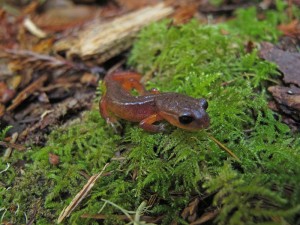
It’s not often that salamanders make the New York Times. But last week, the ‘Science’ section featured an article on a study investigating the role of salamanders in the global carbon cycle.
Basically, salamanders are among the top predators in the forest, preying on bugs that shred and decompose leaf litter and organic material on the forest floor. When the salamanders eat these bugs, the leaves that the bugs have decomposed (releasing carbon dioxide into the atmosphere) instead remain on the ground, where they are buried by other material and retain their carbon. The findings about the role of salamanders have so far been profound, suggesting that a creature as small (and as numerous) as a salamander can have a real impact on global climate change.
The same researchers are also investigating this phenomenon in the redwood forest through the League’s research grants program. Learn more about their study, and the other exciting research that the League is supporting with your help.


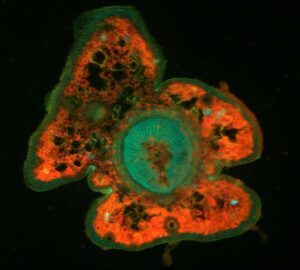
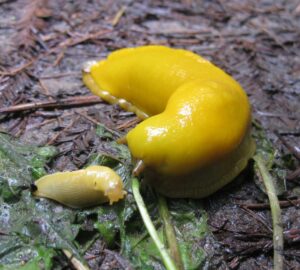

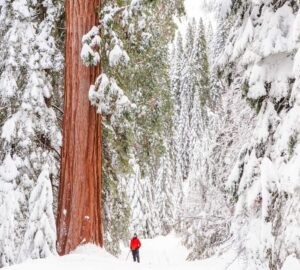
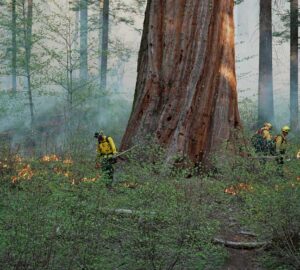
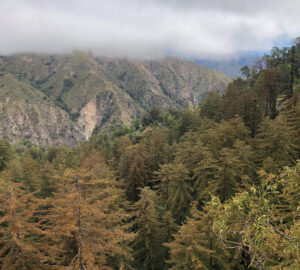

One Response to “Salamanders in the News”
Greg Bacigalupi
Interesting article concerning the salamanders. It shows that everything has a place and role on our planet Earth. When someone or thing changes its pattern it has a changing effect on everything else. John Muir once said When you change one things on earth it may cause everything else to change.